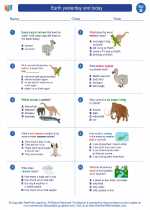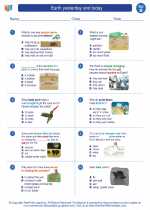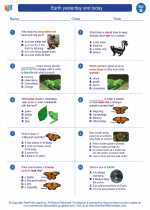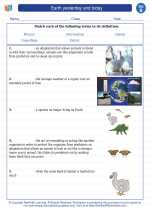Earth
The Earth is the third planet from the Sun and the only known planet to support life. It is a complex and dynamic system with a diverse range of environments and ecosystems. Understanding the Earth involves studying its structure, composition, and the various processes that shape its surface and atmosphere.
Structure of the Earth
The Earth is composed of several layers. The inner core is solid and made mostly of iron and nickel, while the outer core is in a liquid state. Surrounding the core is the mantle, which is made of rock and is in a semi-solid state. The outermost layer is the crust, which is the thinnest and most diverse layer, consisting of solid rock and soil.
Composition of the Earth
The Earth is made up of various elements and compounds. The atmosphere is composed of nitrogen, oxygen, carbon dioxide, and other gases that support life. The lithosphere, which includes the crust and upper mantle, is made up of rocks and minerals. The hydrosphere encompasses all the water on Earth, including oceans, rivers, lakes, and groundwater.
Processes that Shape the Earth
Several processes contribute to shaping the Earth's surface and atmosphere. These include plate tectonics, which involves the movement of the Earth's crustal plates, leading to the formation of mountains, earthquakes, and volcanic activity. Erosion and weathering also play a significant role in shaping the Earth's surface, along with the water cycle, which drives the movement of water around the planet.
Study Guide
- What is the Earth's position in the solar system?
- Describe the layers of the Earth and their composition.
- Explain the role of plate tectonics in shaping the Earth's surface.
- Discuss the importance of the Earth's atmosphere and hydrosphere for supporting life.
- How do erosion and weathering contribute to shaping the Earth?
[Earth] Related Worksheets and Study Guides:
.◂Science Worksheets and Study Guides Second Grade. Earth yesterday and today

 Worksheet/Answer key
Worksheet/Answer key
 Worksheet/Answer key
Worksheet/Answer key
 Worksheet/Answer key
Worksheet/Answer key
 Vocabulary/Answer key
Vocabulary/Answer key
